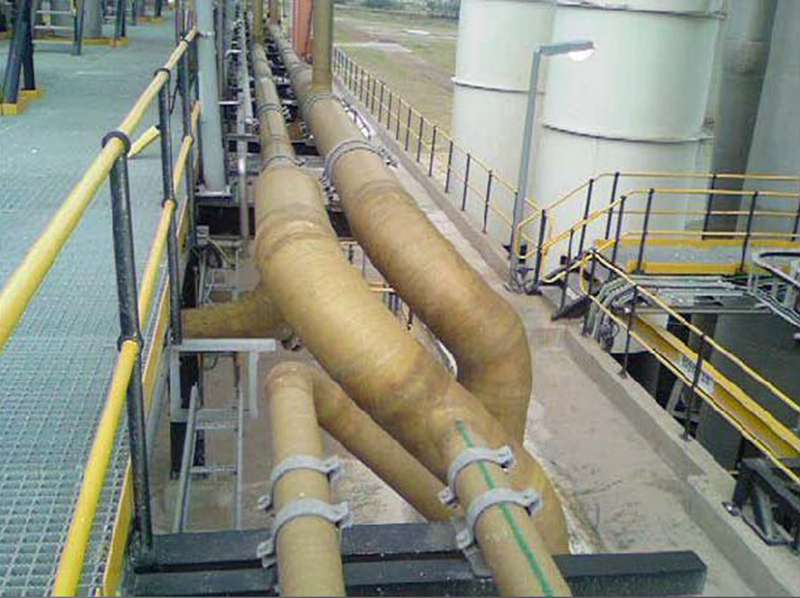
-
 Afrikaans
Afrikaans -
 Albanian
Albanian -
 Amharic
Amharic -
 Arabic
Arabic -
 Armenian
Armenian -
 Azerbaijani
Azerbaijani -
 Basque
Basque -
 Belarusian
Belarusian -
 Bengali
Bengali -
 Bosnian
Bosnian -
 Bulgarian
Bulgarian -
 Catalan
Catalan -
 Cebuano
Cebuano -
 China
China -
 China (Taiwan)
China (Taiwan) -
 Corsican
Corsican -
 Croatian
Croatian -
 Czech
Czech -
 Danish
Danish -
 Dutch
Dutch -
 English
English -
 Esperanto
Esperanto -
 Estonian
Estonian -
 Finnish
Finnish -
 French
French -
 Frisian
Frisian -
 Galician
Galician -
 Georgian
Georgian -
 German
German -
 Greek
Greek -
 Gujarati
Gujarati -
 Haitian Creole
Haitian Creole -
 hausa
hausa -
 hawaiian
hawaiian -
 Hebrew
Hebrew -
 Hindi
Hindi -
 Miao
Miao -
 Hungarian
Hungarian -
 Icelandic
Icelandic -
 igbo
igbo -
 Indonesian
Indonesian -
 irish
irish -
 Italian
Italian -
 Japanese
Japanese -
 Javanese
Javanese -
 Kannada
Kannada -
 kazakh
kazakh -
 Khmer
Khmer -
 Rwandese
Rwandese -
 Korean
Korean -
 Kurdish
Kurdish -
 Kyrgyz
Kyrgyz -
 Lao
Lao -
 Latin
Latin -
 Latvian
Latvian -
 Lithuanian
Lithuanian -
 Luxembourgish
Luxembourgish -
 Macedonian
Macedonian -
 Malgashi
Malgashi -
 Malay
Malay -
 Malayalam
Malayalam -
 Maltese
Maltese -
 Maori
Maori -
 Marathi
Marathi -
 Mongolian
Mongolian -
 Myanmar
Myanmar -
 Nepali
Nepali -
 Norwegian
Norwegian -
 Norwegian
Norwegian -
 Occitan
Occitan -
 Pashto
Pashto -
 Persian
Persian -
 Polish
Polish -
 Portuguese
Portuguese -
 Punjabi
Punjabi -
 Romanian
Romanian -
 Russian
Russian -
 Samoan
Samoan -
 Scottish Gaelic
Scottish Gaelic -
 Serbian
Serbian -
 Sesotho
Sesotho -
 Shona
Shona -
 Sindhi
Sindhi -
 Sinhala
Sinhala -
 Slovak
Slovak -
 Slovenian
Slovenian -
 Somali
Somali -
 Spanish
Spanish -
 Sundanese
Sundanese -
 Swahili
Swahili -
 Swedish
Swedish -
 Tagalog
Tagalog -
 Tajik
Tajik -
 Tamil
Tamil -
 Tatar
Tatar -
 Telugu
Telugu -
 Thai
Thai -
 Turkish
Turkish -
 Turkmen
Turkmen -
 Ukrainian
Ukrainian -
 Urdu
Urdu -
 Uighur
Uighur -
 Uzbek
Uzbek -
 Vietnamese
Vietnamese -
 Welsh
Welsh -
 Bantu
Bantu -
 Yiddish
Yiddish -
 Yoruba
Yoruba -
 Zulu
Zulu
GRP Piping System Solutions - Durable & Efficient Water Management
Understanding GRP Piping Systems Advantages and Applications
Glass Reinforced Plastic (GRP) piping systems have gained significant popularity across a wide range of industries due to their exceptional properties and versatility. GRP, also known as fiberglass reinforced plastic (FRP), combines glass fibers with a resin matrix to produce a material that is both lightweight and incredibly strong. This article explores the key advantages of GRP piping systems and their various applications.
Understanding GRP Piping Systems Advantages and Applications
In addition to corrosion resistance, GRP pipes boast a high strength-to-weight ratio. This characteristic means that GRP pipes are significantly lighter than conventional piping materials like steel or concrete, leading to reduced transportation and installation costs. Moreover, the lightweight nature of GRP makes handling and installation more manageable, reducing labor costs and minimizing the risk of injury on construction sites.
grp piping system

Another major advantage of GRP piping systems is their smooth interior surface, which enhances flow characteristics. The smoothness of GRP helps in minimizing friction losses, thus ensuring efficient fluid transport. This quality is particularly beneficial in applications where maintaining flow rates is critical, such as in water supply systems, irrigation, and waste management.
GRP piping systems also exhibit excellent thermal insulation properties. This feature is particularly useful in preventing condensation and maintaining the desired temperature of the fluids being transported. For industries that require specific temperature management, the thermal efficiency of GRP pipes can lead to significant energy savings.
Furthermore, GRP pipes are highly customizable. They can be manufactured in various diameters, wall thicknesses, and lengths to suit specific project requirements. This adaptability makes GRP an excellent choice for diverse applications ranging from municipal water systems to industrial chemical plants and oil and gas pipelines.
In conclusion, GRP piping systems offer a compelling solution for modern infrastructure needs. Their corrosion resistance, lightweight nature, smooth flow characteristics, thermal insulation, and customization options make them suitable for a variety of applications. As industries increasingly recognize the benefits of employing advanced materials like GRP, it is likely that the use of these innovative piping systems will continue to expand, contributing to more efficient and durable infrastructure worldwide.









